[Horror In The Eyes] = "Lovecraftian Horrortale" = Horrortale + "The Lurking Fear"
Undyne: Even a seasoned skeptic could easily spot the leader of her pack amidst the swirling gray tide—the blasphemous creature that evoked the legends of Innsmouth. Its hideous, leprous scars, more horrific than any other recorded individual of the pack, and its unwavering presence during the brutal act of cannibalism, proved that such ugly marks were a testament to seniority and prestige in a tribe long since abandoned civilization. Combined with the horrific magic wrapped around its arms and the shape of its remaining clothing, Aliza believed it was related to the warrior woman described in Asriel's letter as the heir to Sir Gerson's legacy.
Mad Dummy: As culture declines and craftsmanship fades amidst the brutality of consuming raw meat, the monsters' golem-making skills, which once awed humanity in the 16th century, have now become little more than ritualized repetitions—those haphazardly constructed assemblages of bones, flesh, and branches devoid of any aesthetic appeal. It's even more plausible that even the purpose of crafting these symbols has been forgotten. Aliza noted that she once witnessed a golem-like creation displaying signs of a dissipated spirit—in the disintegrating social landscape, concepts like possession and spirit possession have died along with the imagination.
Monster Kid: Aliza first saw it near a small hill of strange bones at the foot of a waterfall. Later, she encountered countless others of its kind in similar locations. It was practically limbless, its senses completely abject, its very existence seemingly meant only to await death in the despair of uncompetitiveness. When Aliza contemplated its identity and its very existence, she almost instinctively cried out—it was the ultimate product of the monsters' indulgence in the depravity of their own species, the scourge of endless inbreeding and cannibalism, a collection of chaos and malice lurking behind life, mocking civilization's weakness—a specialized fetus, meant only for consumption.
Alphys: If it weren't for Mr. White D. Gaster, a dark-skinned Egyptian folklorist invited by the city government responsible for planning the bombing of Mount Ibot to conduct research at the site, I'd have almost forgotten to ask Aliza about the whereabouts of the female scholar mentioned in the letter, who would soon become the Royal Scientist. However, our poor, terrified girl then suffered a severe somatization attack, forcing the inquiry to be put on hold. Here's what I heard, a fragment of her slurred speech that I can still discern: "...she saw...damned...unspeakable...formless chaos...a thousand roiling eyes...rotting pustules...melting and solidifying...black figures...she...now saw...the experiment...the consequences...beyond eons...the damned monster that survived...the core...!"
Muffet: Medieval texts record spider caravans as a crucial bridge for communication between humans and monsters. These caravans typically consisted of a single humanoid spider monster acting as an agent, offering their handcrafted goods to buyers in exchange for essentials. Aliza may have witnessed the final outcome of this trade: the battered remains of a spider girl, suspended in mid-air by a web, its withered limbs swaying in the wind. Occasionally, other degenerate monsters would mistake it for a living being and attack. Then, in the darkness, the bloated, fluffy giant would reach out its forelimbs to drag the intruder into the abyss to be devoured. This was the final way for the descendants of the agents, whose existence had been wiped out by the decline of their civilization, to repay their kin.
Mettaton: Perhaps in those early days of racial isolation, fueled by extreme xenophobia, the flames of revanchism burned fiercely among the monsters, prompting the creation of this magical suit of armor, powered by soul technology—a testament to its hostility, brutally slaughtering any intruder who dared trespass. However, modifications to its internal structure reveal the truth: the monsters had grossly underestimated the length of these dark times. Around the middle of the Blood and Tears era, intellectual decline sapped all culture and art, and obscurantist beliefs and primitive impulses drowned out any worthy poetic wisdom. Thus, the armor began to be used for entertainment—stimulating the monsters' numb senses in the most extreme ways, with blasphemous performances that would disgust even Edgar Allan Poe or any other self-proclaimed brave with a dark imagination. Ultimately, however, even these rituals failed to awaken the monsters' sanity. Before Aliza could descend underground and offer humanity a chance to understand this dark history, the delicate instrument was brutally torn to pieces. Only its increasingly primitive internal structure and the escaping ectoplasm tell a tale that ultimately ended in tragedy.





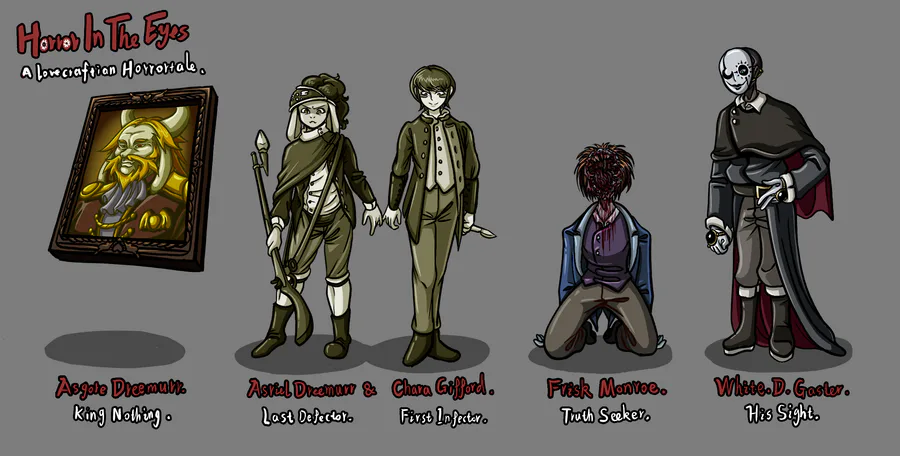
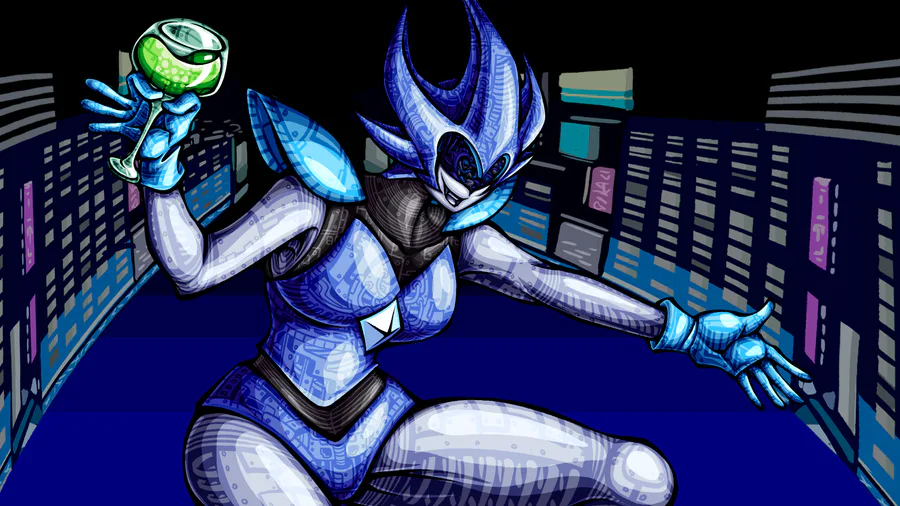
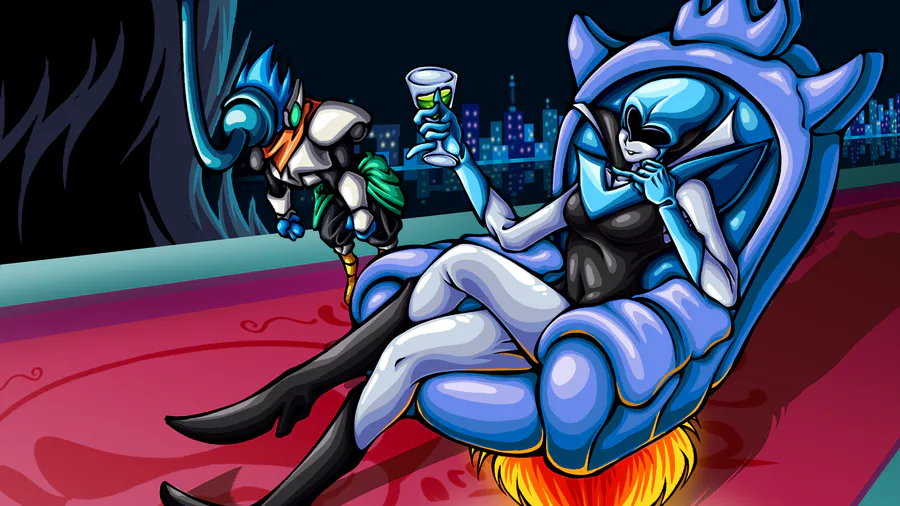
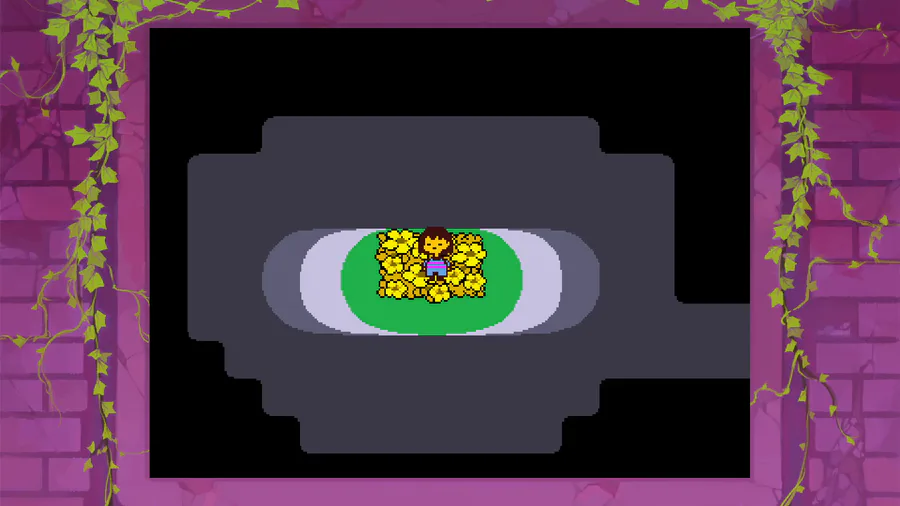
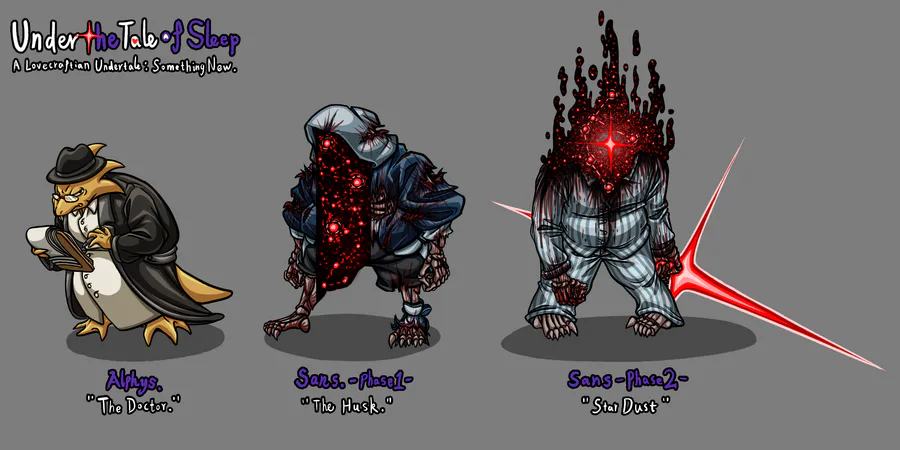
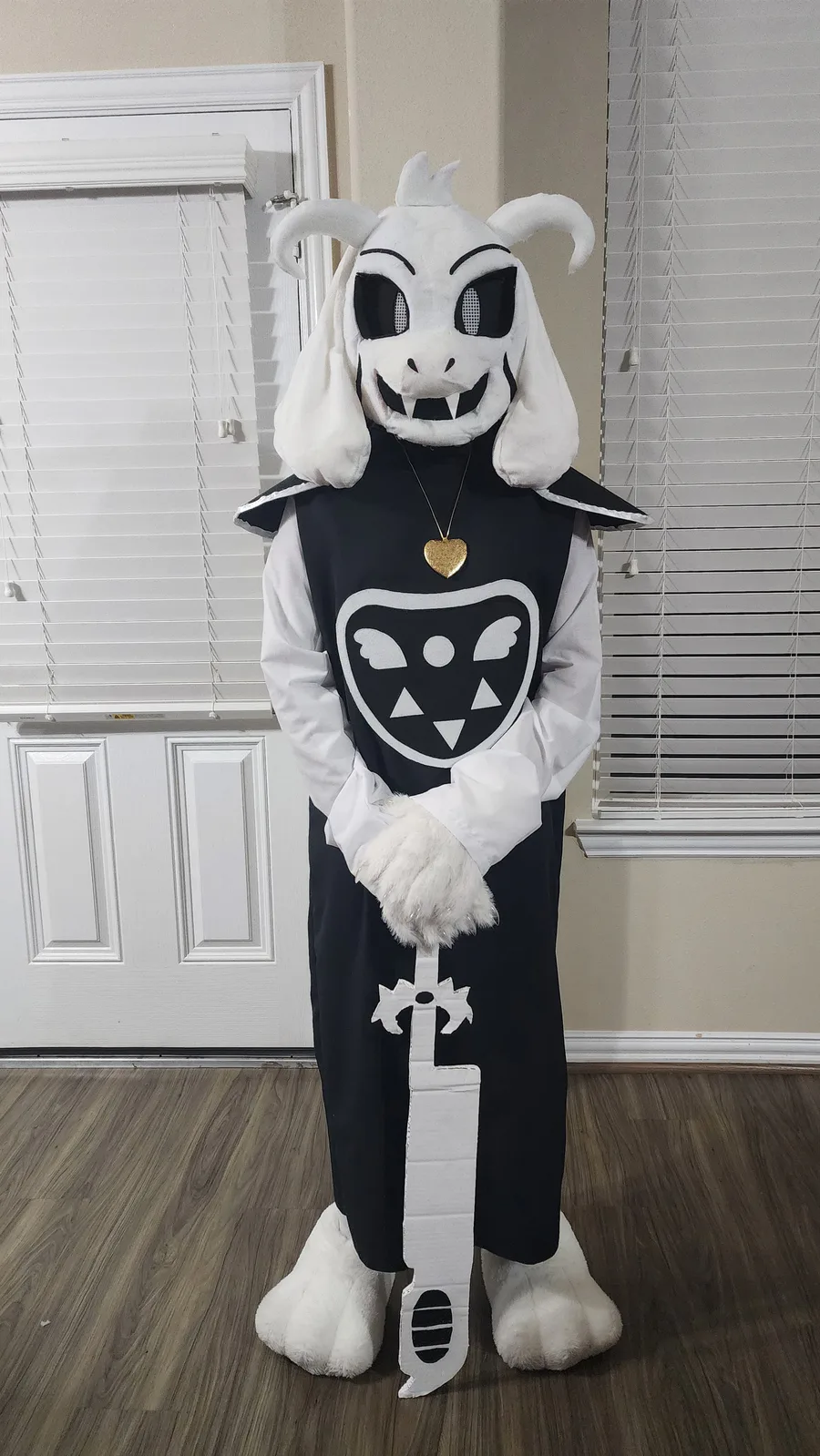
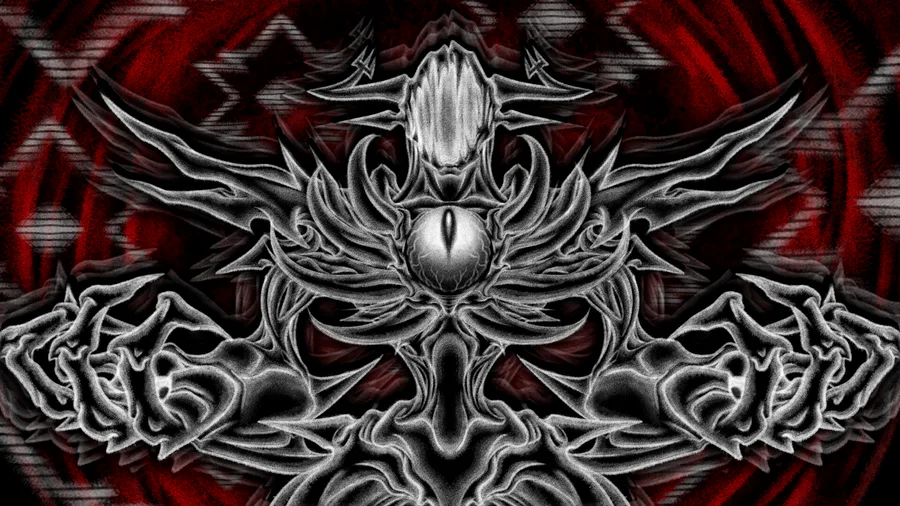
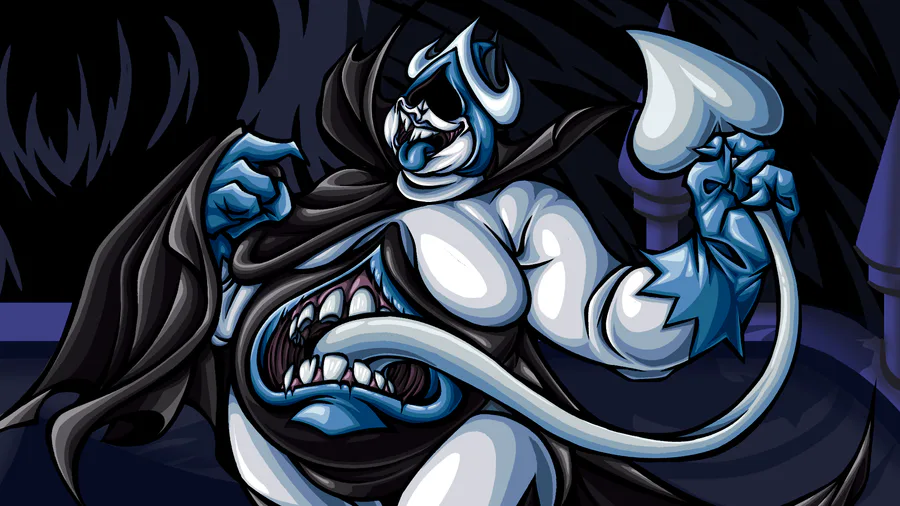
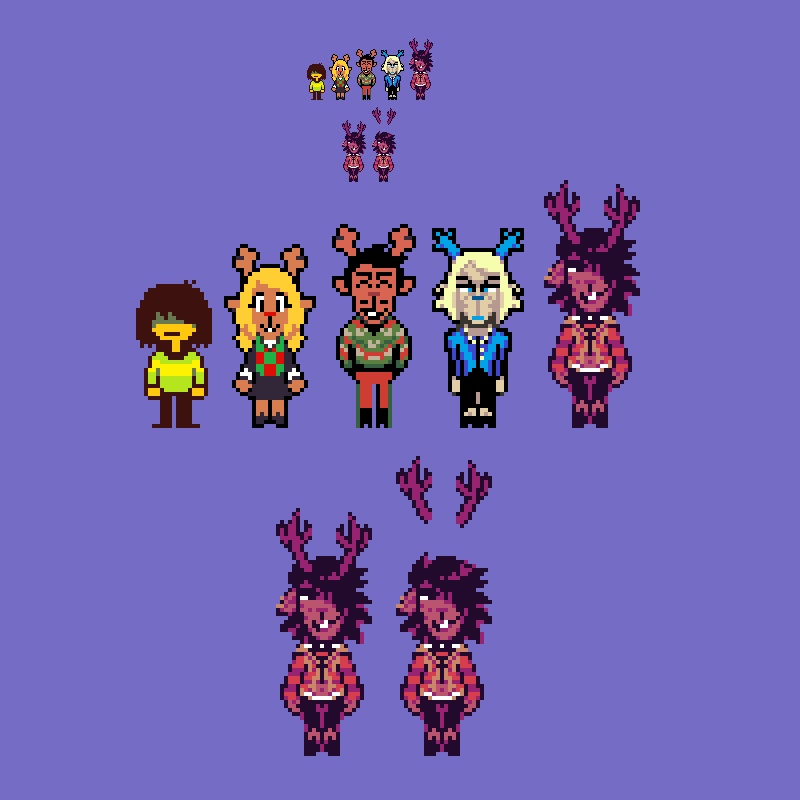
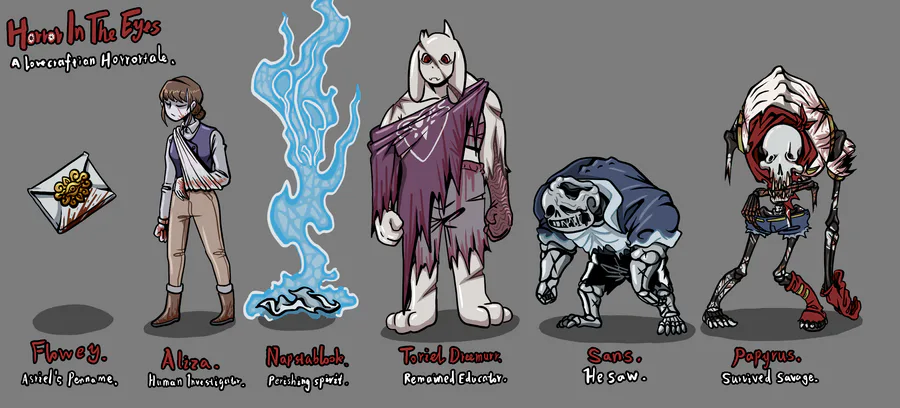
2 comments